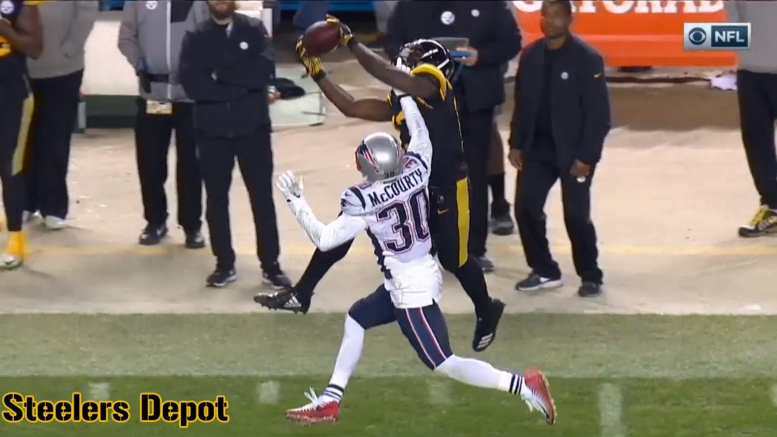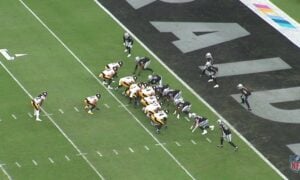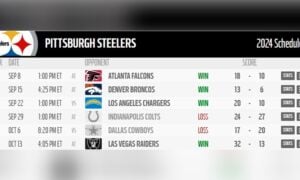There are three guarantees in life – death, taxes and the Pittsburgh Steelers turning young wide receivers into stars. The team has held an excellent track history of developing wide receivers, turning young wide outs into superstars almost at will.
The team has produced big time stars in Santonio Holmes, Mike Wallace, Antonio Brown and now JuJu Smith-Schuster. But that is not to say that the team has not struck out on its fair share of prospects. Limas Sweed was a colossal failure and the biggest blunder of the group. Sammie Coates could not catch a cold and Markus Wheaton never developed into a legitimate second option. Some in Pittsburgh are ready to throw James Washington’s name into the bunch but let the rookie season of Plaxico Burress serve as a history lesson as to why giving up on receivers early is often a foolish decision.
Long before Washington was struggling, Burress was dropping footballs left, right and center as a rookie. Washington’s 42.1 catch percentage fails in comparison to Burress’ rookie numbers. Burress caught just 22 of his 65 targets during his rookie year, good for a 33.8 catch percentage, in fact, only one wide receiver has posted a lower catch rate during their rookie season since 2000 (min. 35 targets).
An excerpt from former NY Times writer Mike Freeman really hits home when describing the struggles Burress went through during his rookie year.
“He had so many drops that the news media, even teammates, began anticipating when the ball would slip through his mitts instead of when he would make a play. He soon got the nickname Plexiglass.
Compounding the problem was that Burress was having trouble reading defenses and running precise pass routes, a difficulty for every rookie. But because Burress was such a high draft selection, more, perhaps unfairly, was expected of him.”
Burress was left for dead after his rookie season, a first round wideout with the height and speed to be a game changer was simply failing to put anything together. But the Steelers stuck by him and were determined to give him every opportunity to succeed and then something incredible happen.
In his sophomore year, Burress finally showed the talent many expected of him, catching 66 passes for 1008 yards and six touchdowns.
Like Burress, Washington too was plagued by drops and concentration lapses during his rookie season. And while it would be irrational to compare the two physically, as Burress holds a distinct athletic advantage, let the former Steelers’ receiver serve as a reminder that transitioning to the pros is not easy and if it does not click at first, this does not mean that all hope is lost.
One rookie season, especially one that saw Washington play just over 50-percent of his team’s offensive snaps, is not enough to define a player’s trajectory. The Steelers know that the 23-year old receiver can play, he showed that during his time at Oklahoma State and down the stretch last season with big catches against the New England Patriots and Cincinnati Bengals.
The opportunities will be there as well as the team waved goodbye to Brown and his 168 targets last season. As Burress taught us over a decade and a half ago, do not close the book on a young receiver before he has had a chance to pen his response.








